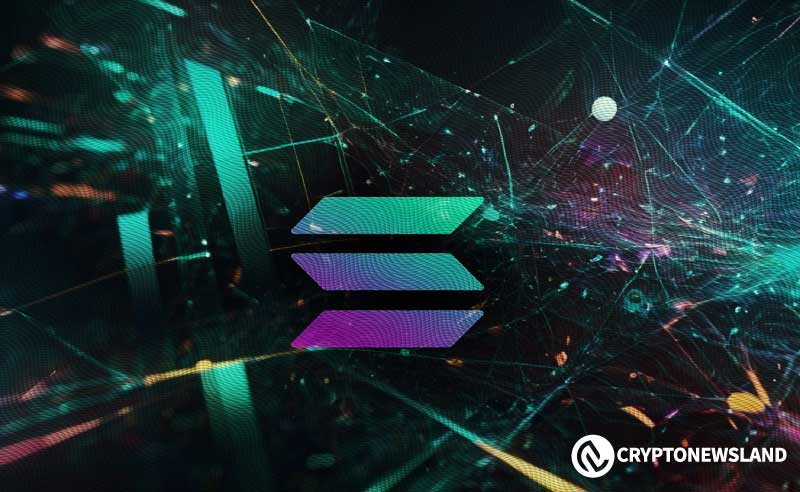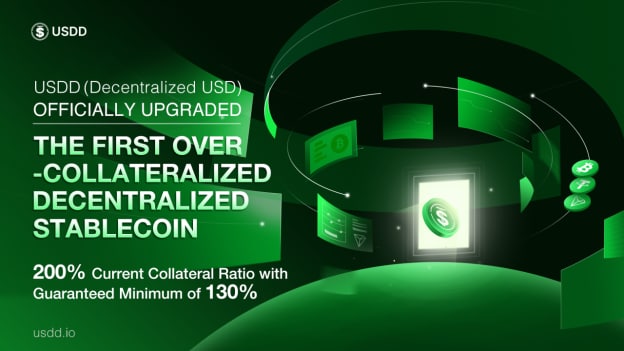- Ethena Labs expands USDe to Solana, boosting reach and introducing innovative stablecoin mechanics in decentralized finance.
- Adding SOL as backing for USDe aims to unlock $2-$3 billion in additional open interest in the SOL futures market.
- USDe employs unique derivative hedging and arbitrage systems, setting it apart from traditional stablecoins like USDT and USDC.
Ethena Labs has announced the expansion of its USDe synthetic dollar to the Solana blockchain. This strategic integration broadens its reach and introduces a novel approach to stablecoin mechanics in decentralized finance.
Ethena Labs’ announcement marks a significant development for USDe, enabling trading capabilities on Solana. This new integration is expected to increase the adoption of USDe and sUSDe. Traders now have access to a reward-accruing asset that aims to improve upon traditional stablecoin experiences.
Enhanced Backing with SOL and Market Impact
Additionally, Ethena has added SOL as a backing asset for the synthetic dollar. This follows the April addition of Bitcoin, which has grown to a market capitalization exceeding $3 billion. Ethena claims that incorporating SOL will enhance the strength and security of USDe’s backing. Moreover, it will unlock $2 to $3 billion in additional open interest in the SOL futures market. This will facilitate further scaling of USDe.
Besides, Ethena’s synthetic dollar employs a unique mechanism to maintain its U.S. dollar peg. Unlike conventional stablecoins such as USDT and USDC, which rely on direct fiat or tangible asset backing, USDe uses derivative hedging strategies. Collateral positions in Ether and Bitcoin, coupled with an arbitrage system for minting and redeeming, set it apart. This innovative approach distinguishes it in the stablecoin landscape.
However, USDe has run into trouble, with redemptions amounting to roughly $100 million. Joining the act was a broad market sell-off that pushed the value of Bitcoin below $50,000. This proved an interdependence of the stablecoin ecosystem and its volatility.
Current Availability and Future Plans
According to Ethena, USDe is backed by Lido Staked Ethereum (stETH) and short positions in the Ethereum perpetual futures market. It produces a yield from Ethereum staking rewards and negative funding rates on its short positions.
The stablecoin is now available on decentralized finance protocol Kamino Finance and decentralized exchanges Orca and Drift Protocol. It will also become available on restaking protocol Jito once operational.
Users can earn Ethena Sats, exchangeable for ENA at the end of each campaign, by providing USDe liquidity to integrated exchanges or using the stablecoin as collateral for margin trades. Ethena Labs expects a vote next week on whether SOL will be allowed as collateral for USDe loans. The protocol will not necessarily start shorting SOL immediately due to limited historical data on funding rates. However, Ethena will scale slowly into SOL as funding is monitored.
disclaimer read moreCrypto News Land, also abbreviated as "CNL", is an independent media entity - we are not affiliated with any company in the blockchain and cryptocurrency industry. We aim to provide fresh and relevant content that will help build up the crypto space since we believe in its potential to impact the world for the better. All of our news sources are credible and accurate as we know it, although we do not make any warranty as to the validity of their statements as well as their motive behind it. While we make sure to double-check the veracity of information from our sources, we do not make any assurances as to the timeliness and completeness of any information in our website as provided by our sources. Moreover, we disclaim any information on our website as investment or financial advice. We encourage all visitors to do your own research and consult with an expert in the relevant subject before making any investment or trading decision.



